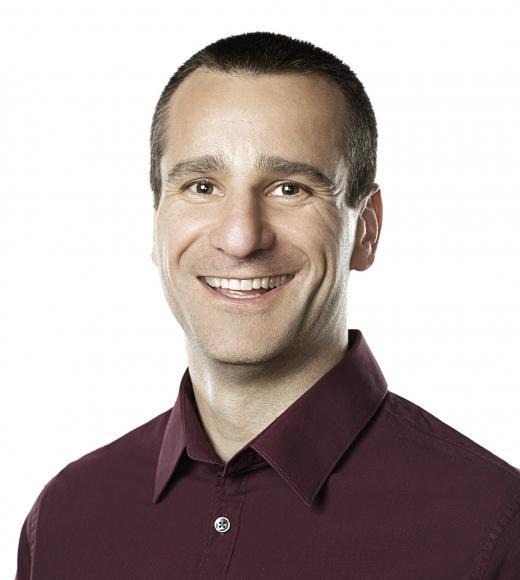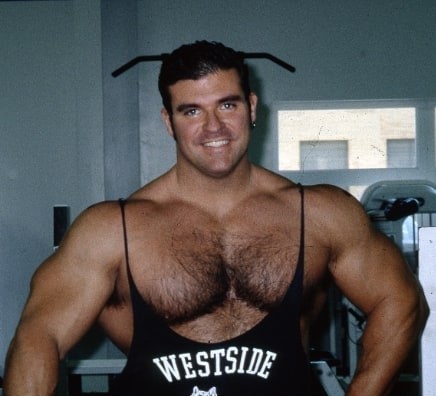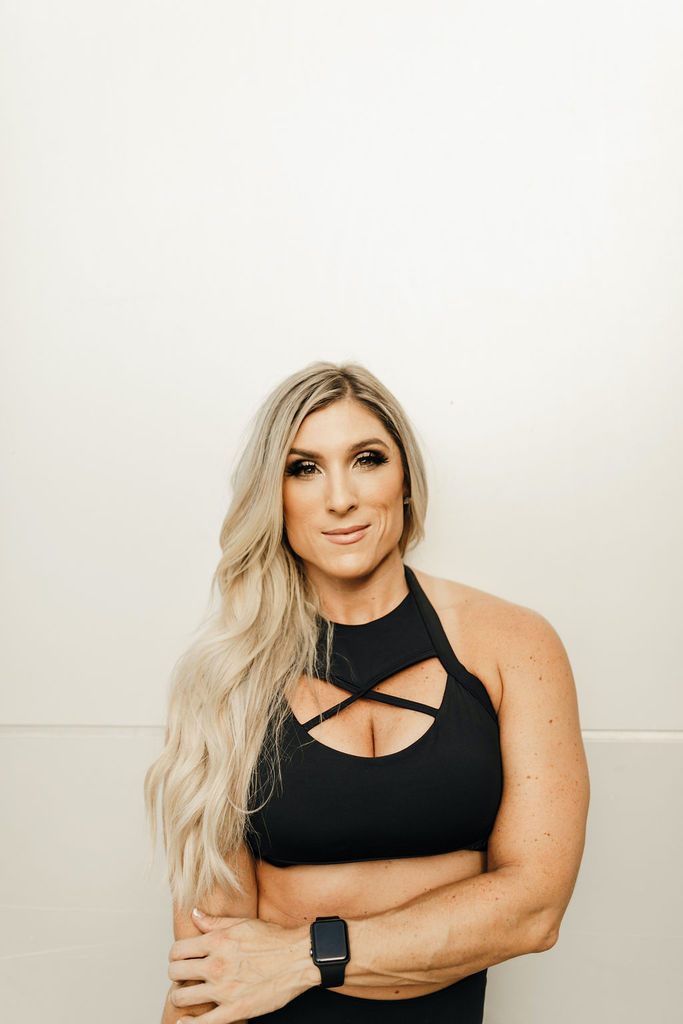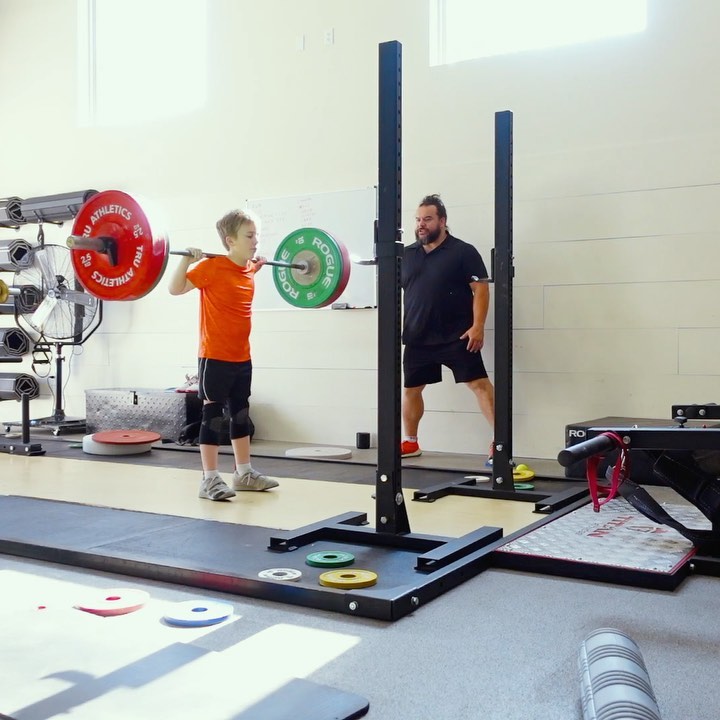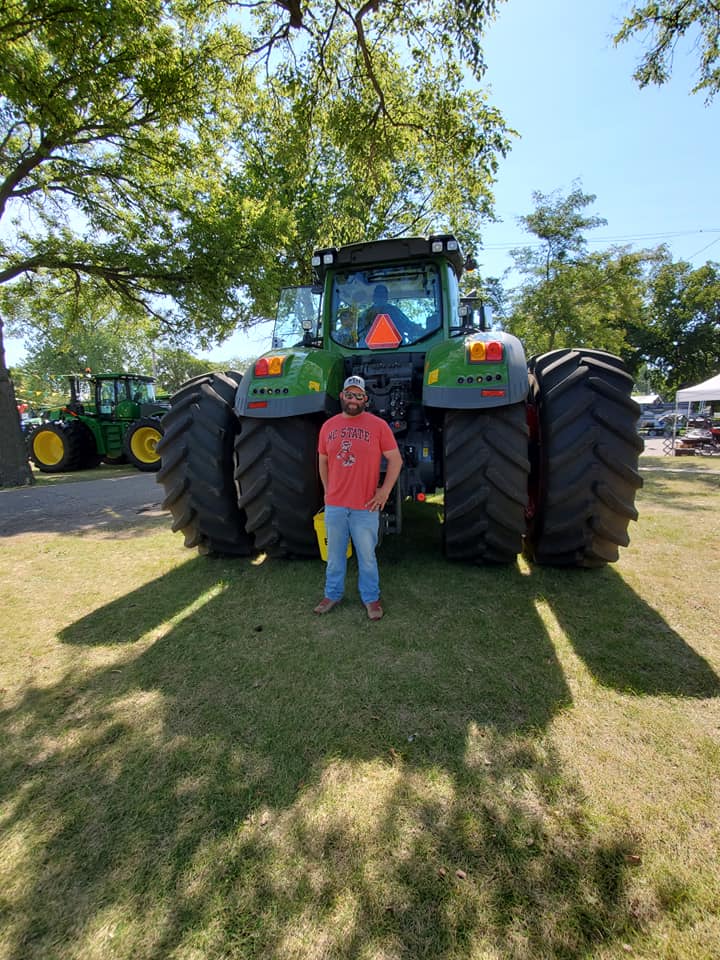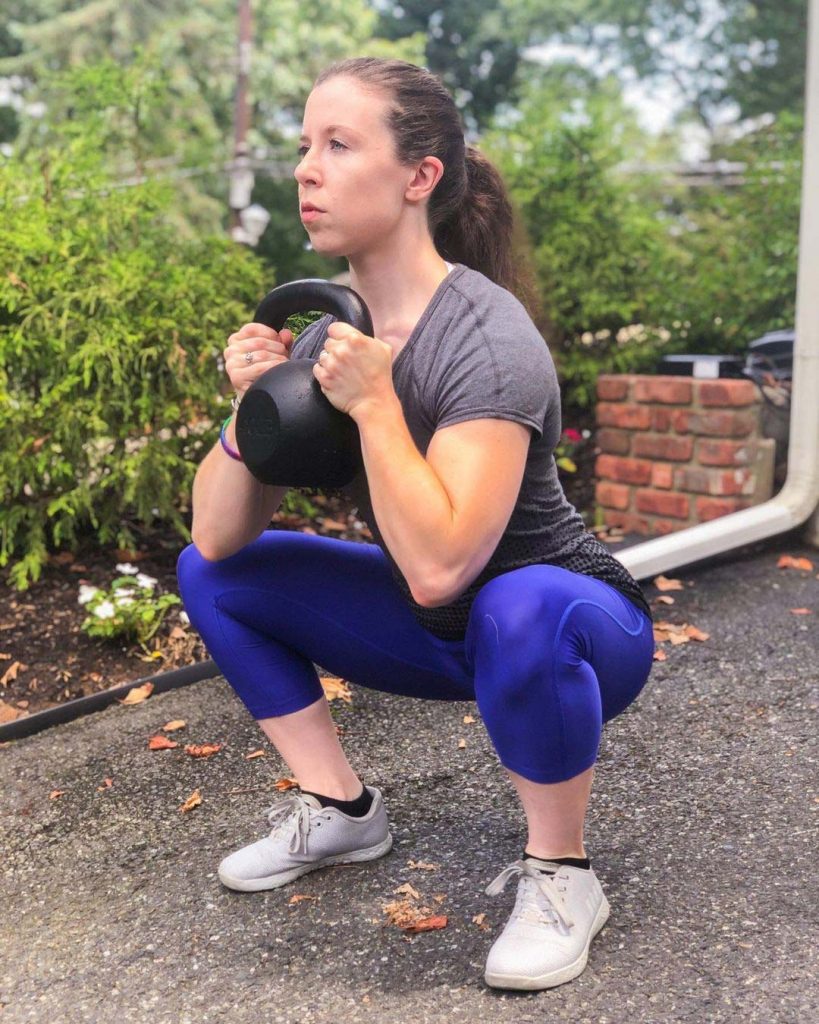Tendon Strength and Health with Keith Baar – The Barbell Life 376
Whether you’re an athlete or a coach, it only takes one injury for you to appreciate the importance of tendons and ligaments. But while there’s tons of science out there about the best ways to strengthen and build muscles, it’s not the same for connective tissue. In many ways it feels like we’re just groping […]
Tendon Strength and Health with Keith Baar – The Barbell Life 376 Read More »
